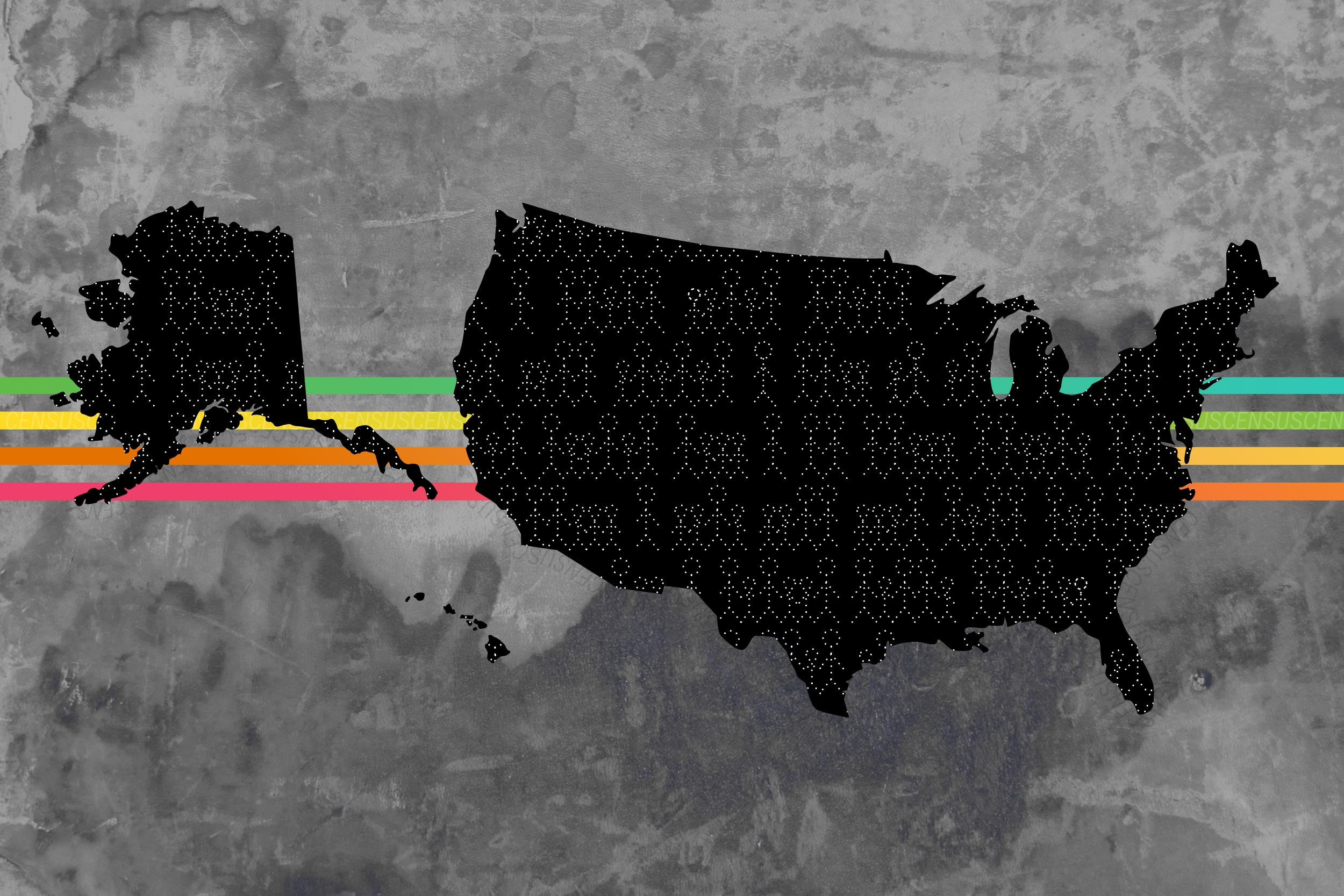Today’s census, the nation’s 24th, contains 10 questions. It provides the numbers and weights needed for voting representation and is designed to count families, property and various demographic characteristics important to communities, governments and businesses.
The 24th national head count has begun. Its findings should allow a fair division of legislative districts to ensure the standard of “one person, one vote” is evenly applied across communities large and small.
April 1 is the official date of the census in every year ending in zero, but the counting goes on for months to try to get as accurate a count as possible.
The 10 questions in the 2020 census seek data on the number of people living together in a residence, their name, sex and age, owner or renter status, relationship and a few questions about race and Hispanic origin, which has been a census question since 1970. Age, sex and race have remained census questions since 1790, and owner or renter status since 1890.
The data collected helps determine how billions of tax dollars are spent. Each year, the federal government distributes hundreds of billions of dollars to states and communities based on census data. Businesses and nonprofits use the data to decide where to locate and to determine the size of markets. The demographic data allows better planning for transportation facilities and classrooms.
The 2020 census is ongoing despite the year’s unprecedented circumstances and a few controversies. Most responses are collected online and as of the end of March more than 38% of households had responded. Although plans had called for completion of this year’s count by July 31, the U.S. Census Bureau has moved the completion date to Aug. 14.
A national controversy over whether to add a question about citizenship status was resolved when the Trump administration left the question off the census. A lengthy federal court battle was ongoing last July when President Trump dumped the question, rather than risking losing the case, which appeared likely.
A separate controversy over how to report local census data remains unresolved. Local officials are lobbying in Congress to stop plans to mask and distort local data in an effort to ensure individual privacy. Critics say the distortions would render local data unusable and that privacy already is protected.
When census forms arrive in the mail, the easiest way to respond is to answer the 10 questions online. If individuals fail to respond, the federal government has hired temporary workers to track down and question those folks. A quick 10-question response can avoid the expense and extra effort involved in tracking down such individuals.
This is one civic duty everyone can count on, despite fears, chaos and misinformation that refuse to die away.





